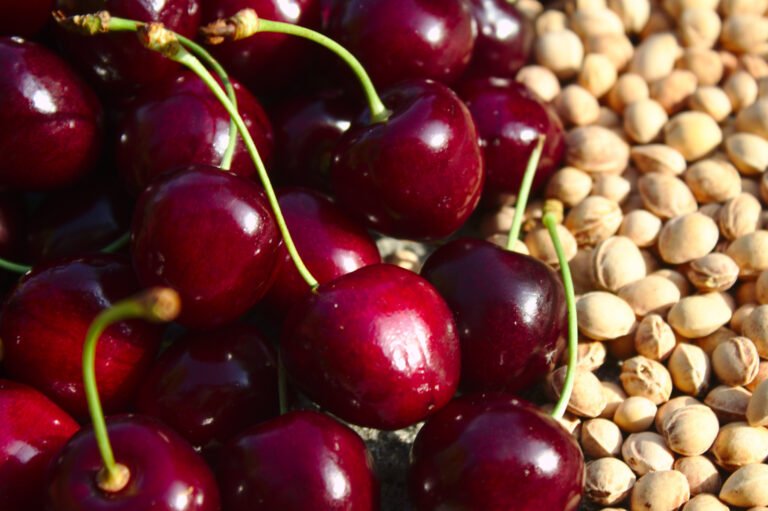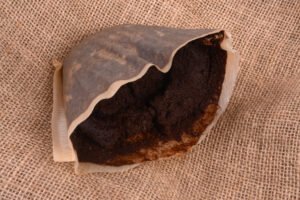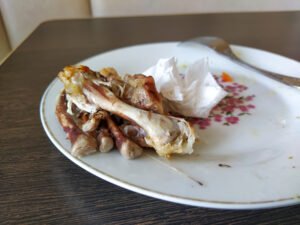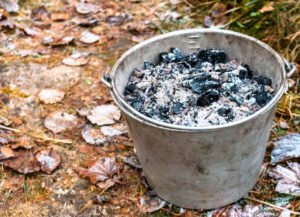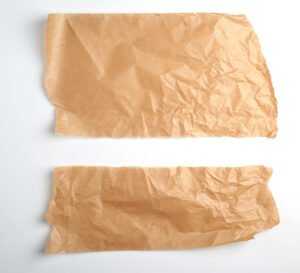Everyone likes fresh cherries. They’re refreshing and go well in our desserts, ice cream, and cakes. But do the cherry pits have some uses too? They can, of course, be used to grow cherry trees, but can they also benefit the soil? And can you compost cherry pits? Let’s dig into this!
Key Takeaways
- Cherry pits can be composted to give rich humus as they contain Calcium, Magnesium, Phosphorous, and Potassium that are helpful for plant growth.
- Being a good carbon source, they make an excellent brown composting material. And there are many other benefits and uses of cherrystones which you can explore below!
- You can compost cherry pits via different methods like Hot Composting, Vermicomposting, and Bokashi Composting, which are explained here in steps.
- It’s best to grind or crush the cherrystones before adding them to the compost bin for faster results.
How to Compost Cherry Pits
Cherry pits are brown feedstock and add carbon and other nutrients to the compost pile. But being hard, they take time to decompose and need the right conditions to break down.
Cherrystones can be composted through the following methods:
- Hot Composting Method
- Bokashi method
- Vermicomposting
But before composting them, you need to break their tough membrane to make the microbes act upon their pits and accelerate the decomposition process. Here are different ways you can use to expedite the composting process.
- Soak The Pits in Water: Soaking cherry pits in water softens the outer membrane of the seed. So, soak the pits for 24-48 hours, and then you can add them to your compost pile.
- Crush Them Into Powder: It’s essential to break the pits into fine pieces with a hammer or blend them in a grinder. You can even roast the cherry pits in the oven and toss them into a food processor for this.
- Boil the Cherry Pits: Boiling can also help soften the pits. Add the cherry pits to the boiling water and let them boil for 10-15 minutes. You can also wash them with leftover pasta or rice water. This softens the seeds, allowing them to decompose more quickly.
- Burn Cherry Pits: Burning the cherry pits and adding the ash would be another great idea to decompose them quickly. Moreover, ash is considered among the most preferred ingredients in the compost bin.
Once you have the cherrystones in the preferred state, it’s time to learn how to compost them.
1. Composting Cherry Pits Through Hot Compost Method
Hot composting is the most preferred method to compost stone fruits and other materials that are slow to decompose. The intense heat and active microbes in this method break them down relatively quickly compared to others.
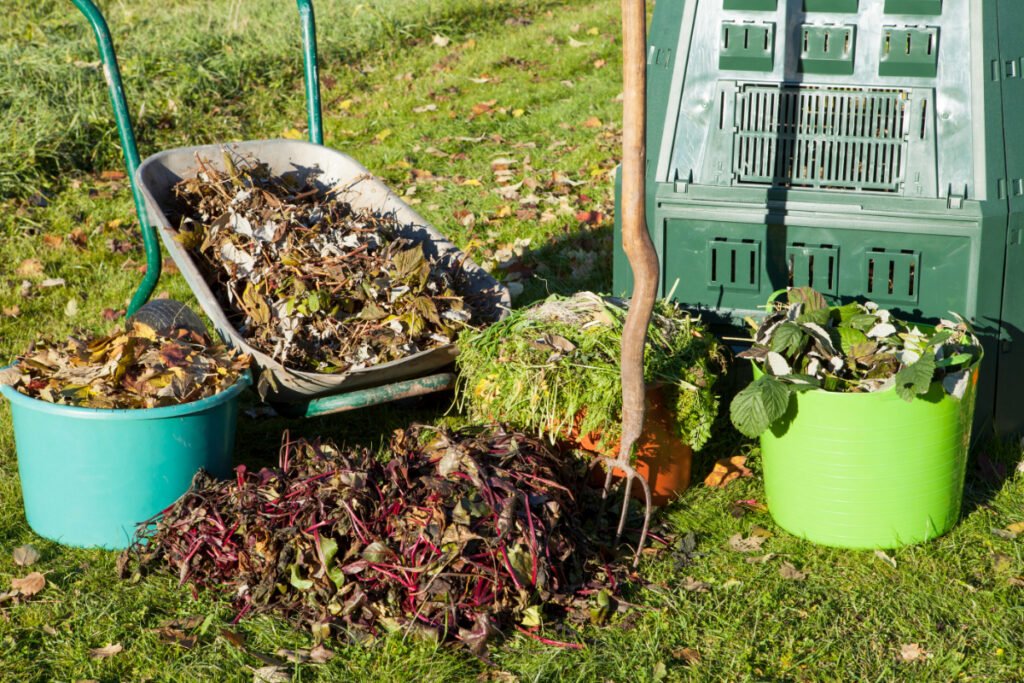
Here are the simple steps you need to follow to compost cherry pits through the hot composting method.
Step 1. Set Up Your Compost Bin/Pile
Get a composting bin from your nearby gardening store or online and place it in a sunny spot. You can also DIY a compost bucket at home by poking holes around a bucket or plastic container.
Composting can also be done by piling up the waste in a sunny location.
Step 2. Make a Layer of Brown Material
First, add the crushed cherry pits to the bottom of the compost bin with other brown materials like yard waste, paper, wood chips, dry leaves, or branches.
Step 3. Make a Layer of Green Material
It’s time to add some green materials like food waste and grass clippings. These materials provide energy to the bacteria and fungus and allow them to grow and reproduce, speeding up the decomposition.
Step 4. Repeat the Layers
Add the layers by altering brown and green materials until you have used all the composting stock, and seal the heap with a firm layer of soil on the top.
It is crucial to balance the amount of browns and greens in the compost bin as they are rich sources of Carbon and Nitrogen and help carry out the breakdown process.
Step 5. Maintain your Compost Pile
Your compost bin needs Nitrogen and carbon-rich materials, moisture, and air to function and give the final compost. So you must maintain all the conditions, turning your compost pile regularly and watering it before it loses moisture.
Also, add adequate green materials regularly to help the cherry pits decompose well. With proper care and maintenance, your compost will be ready within a few months.
2. Bokashi Method of Composting
The Bokashi method is suitable for urban gardeners who wish to compost inside their homes without much effort. It is an anaerobic composting method and can be used to compost cherry pits.

Let us look into the process of composting cherry seeds using the bokashi method.
Step 1. Set Up Your Bokashi Bucket
Get an airtight bokashi bucket to ferment the cherry pits and other composting materials. Place the bin in your home under the sink or in a shady corner of the garden.
Step 2. Add Cherry Pits to the Bucket
Add the ground cherry pits along with some other food waste to your bokashi bucket.
Step 3. Add Bokashi Bran
Add the bokashi bran to the bucket, press the food materials firmly to remove air pockets, and close the lid tightly. Bokashi bran contains microbes, and they break your food materials.
Since bokashi composting is anaerobic, ensure that air doesn’t reach the stock. You can also bung up the bin with a plastic sheet before closing the lid for a better seal.
Step 4. Drain Bokashi Tea
Bokashi tea is the liquid released during the fermentation process and needs to be drained every 2-3 days.
Collect the bokashi tea regularly and use it as a liquid fertilizer for your houseplants and garden by diluting it.
Step 5. Bury or Compost the Leftover Material
Though bokashi is an excellent method to accelerate the composting of cherry pits, remember that it will not give you the finished compost.
Once the fermentation is done within 2-3 weeks, you must compost the “pre-compost” in a compost bin.
Nonetheless, it becomes easier for the microbes to break down the waste with the bokashi method.
3. Composting Cherry Pits Through Vermicomposting
Cherry pits can also be composted in a wormery. Because they take longer to decompose, they are ideal for bedding. This will save you time and relieve the stress of adding the bed regularly.
For composting cherry pits in a wormery, you need first to grind them like other composting methods and make a compost bed with the grounded cherry pits.

After that, follow the given steps!
Step 1. Set Up Your Worm Bin
Buy a worm bin or DIY it by drilling holes around a medium-sized plastic container. You need to cover a wire mesh to prevent the worms from migrating outside. Place the bin in a dark area, like under the sink or a shady spot in your garden.
Step 2. Prepare the Bedding
Add shredded paper, yard waste, or dry leaves to make the bedding. Now add the crushed cherry pits evenly to the bedding and spread soil over it to give structure to the worm casting. Finally, water the bedding until it’s damp.
Step 3. Add Food Scraps
Add kitchen waste like eggshells, peels, rotten fruits and vegetables, coffee grounds, tea bags, etc., to your worm bin. Then cover it with cardboard or gunny bags and leave the stock to break down for 1-2 weeks.
Avoid adding meat, fish, oily and greasy food, or droppings from your pets, as these materials might ruin the compost.
Step 4. Add Worms
Now add some red wigglers to the bin. They will start feeding on the food scraps and microbes in the worm bin and leaving the castings. These castings, known as vermicompost or vermicast, are excellent for soil.
Step 5. Maintain your Worm Bin
The worms need darkness, a moist environment, and a constant food supply. So make sure you provide them with everything according to their needs.
You can harvest your compost within 3-6 months. While harvesting, screen the cherry pits and throw them back to the worm bin if they haven’t broken down yet.
Using the vermicompost with some unbroken cherry pits will have no harmful effects. The cherry pits will decompose gradually in the soil as well.
Benefits of Composting Cherry Pits
Cherry pits, like their fruit, are a great source of nutrients and are good composting materials. Listed below are some benefits of composting cherry pits:
- Cherry pits are nutritious and add many nutrients to the compost and soil.
- Cherry pits are a source of carbon and help provide structure to the compost.
- Using cherry pit compost helps in plant growth.
- Composting cherry pits is an eco-friendly method as they are biodegradable.
- Compost made of cherry pits is a cheap source of fertilizer and adds organic material to the soil.
Additional Tips for Composting Cherry Pits
Composting cherry pits is the same as composting any other stone fruits like avocado, peach, plums, and olives. Here are a few measures you need to follow for better results.
- Add green materials to your compost bin to enrich the compost with Nitrogen and provide energy for microbes to grow and break down cherry pits faster.
- Mix the compost pile regularly to generate heat for decomposition.
- You can also use spoiled cherry fruit or other parts of the cherry tree in your compost heap.
- It’s better to use ground or powdered cherry pits than crushed ones, as they will break down even faster.
Other Uses of Cherry Pits
Apart from being a good carbon source in the compost heap, the cherry seed serves other purposes in your home and garden. So let us take a look at other uses of cherry pits.
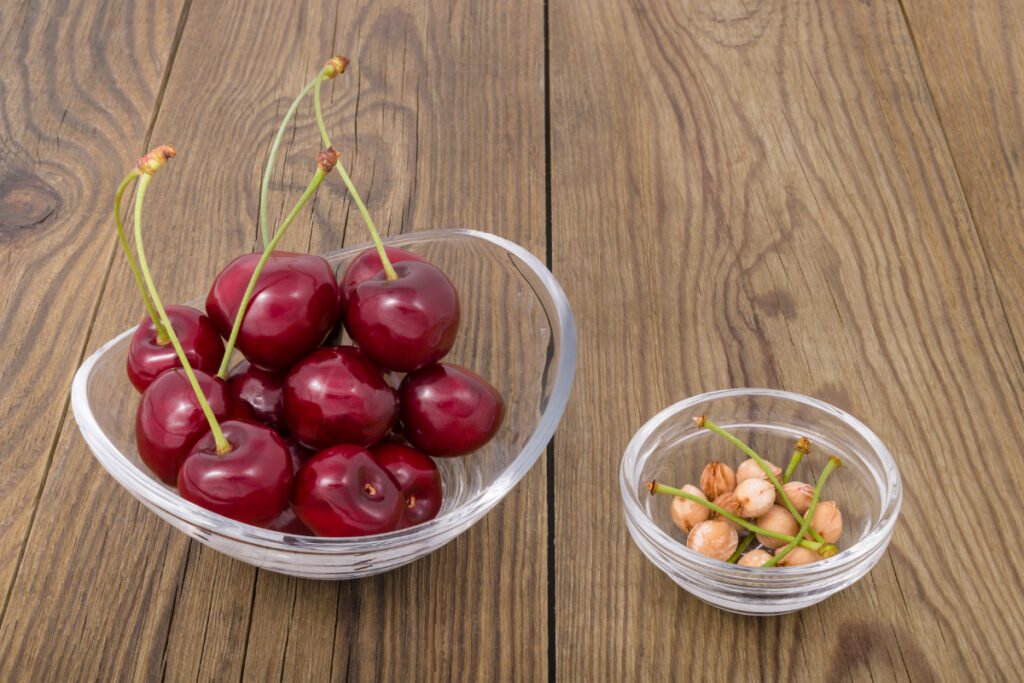
- Plant the cherry pit in your garden to grow a beautiful cherry tree in your backyard.
- Make cherry pit syrup using this fruit pit.
- You can make a heating pad from cherry pits to help you relieve cramps.
- Make cherry pit liqueur.
- Make vinegar from cherry pits.
- Use cherry pits as fuel in BBQ.
- Add infused pits to the whipping cream.
How long will cherry pits take to decompose?
Cherry pits can take up to 10 years to decompose entirely if left on the ground. But if you compost crushed or ground cherrystones in ideal composting conditions, they can degrade within a few months.
Can all stone fruit seeds go in the compost?
Yes, all the stone fruit pits can be composted as they are plant-based and decompose well in your compost bin. However, since seeds are hard, crush them before composting them to aid the decomposition and prevent unwanted germination.
Can cherry pits sprout in your compost?
Yes, cherry pits may sprout in your compost if the pits are added as a whole. So it is advisable to break them using a food processor or grinder to prevent germination.
Do cherry pits contain cyanide?
Yes, cherry pits like apple seeds, apricot seeds, and peach pits contain amygdalin which is converted to hydrogen cyanide when it goes through metabolism.
Is it harmful to add cherry pits to the compost?
Cherry stones contain cyanide, but they are completely safe to compost. The chemical will not have any adverse effect on the finished compost as the microbes act actively to break the cherry seed.
Cherry pits being hard, are ignored for decades, but they serve a great purpose for your soil if they are composted correctly. So next time, save the cherrystones next time you eat those delicious red cherries and compost them!
Like cherry pits, you can turn most degradable materials into compost. If you want a detailed guide on composting food waste like eggshells and pumpkins, join us now!
Happy Composting!
